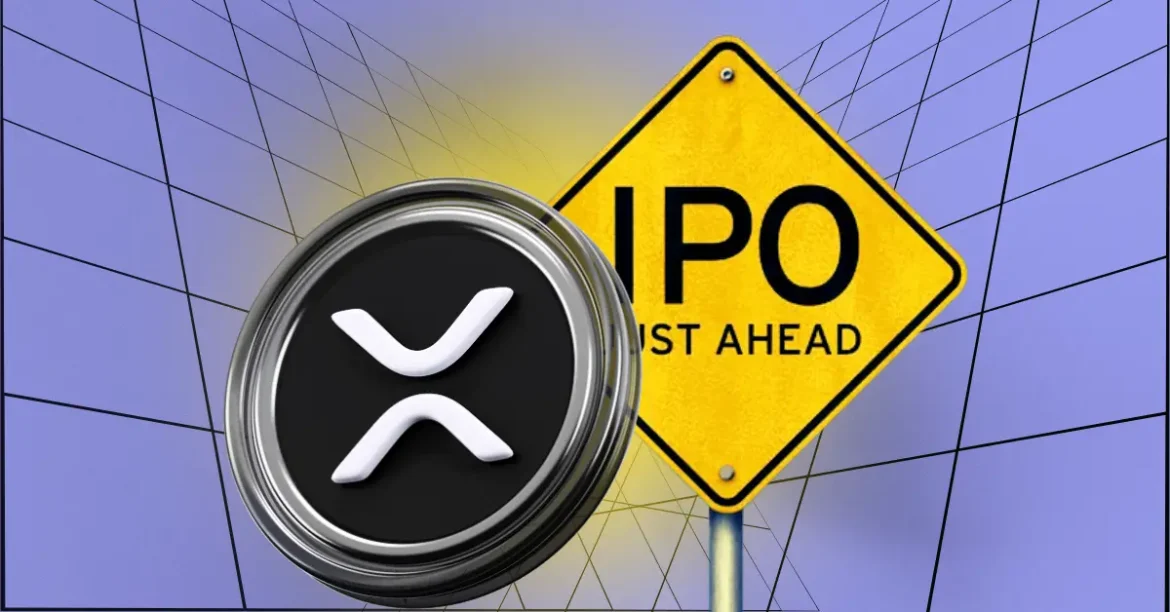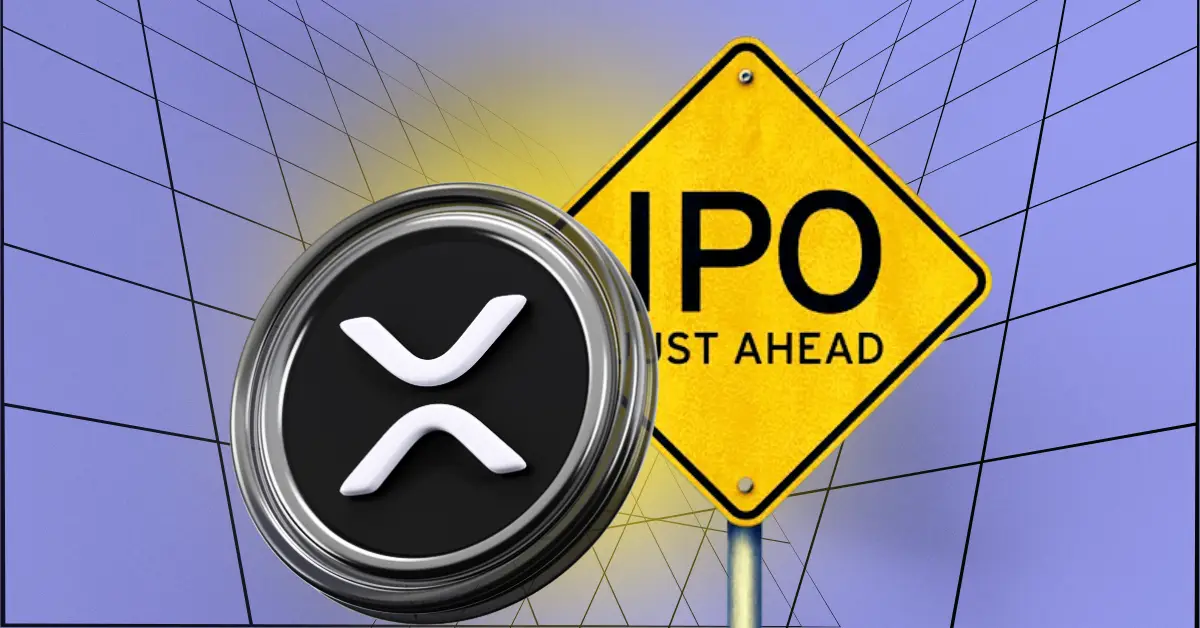Ripple’s Potential IPO: A Deep Dive Into the “Insanely Stupid” Valuation Speculations
The cryptocurrency sector is on edge with mounting speculation about Ripple’s forthcoming Initial Public Offering (IPO). Following the notable public listing of Circle on the NYSE, industry watchers and analysts highlight Ripple as the next potential giant to hit the IPO market, igniting debates about the scale and sustainability of its valuation. This report unpacks the multifaceted perspectives surrounding Ripple’s valuation, the factors influencing it, and what this IPO could signify for both the company and the broader crypto landscape.
The Setting: Ripple and Its Market Context
Ripple Labs, the company behind the XRP cryptocurrency, has built a distinctive niche in the crypto ecosystem through its focus on cross-border payments and blockchain-based solutions for the traditional financial sector. Despite operational progress, Ripple’s journey toward an IPO is wrapped in a complex interplay of market excitement, regulatory scrutiny—especially from the SEC—and sharply diverging valuation hypotheses.
As of early 2024, Ripple’s private company valuation hovers around $11.3 billion, a figure supported by a recent tender offer and a $285 million buyback of Series C shares valued between $11 and $12 billion. Contrastingly, XRP’s market capitalization sits dramatically higher at approximately $132.68 billion, a disparity creating tension in understanding Ripple Labs’ true market worth as a public entity.
Why “Insanely Stupid” Valuation?
Crypto analyst Pentoshi sparked vibrant debate with his prediction that Ripple’s IPO could entail an “insanely stupid valuation,” reflecting both investor enthusiasm and skepticism. This characterization captures the contradiction of a valuation that may appear irrational but finds roots in market dynamics.
The phrase underscores a valuation potentially far exceeding traditional financial logic, fueled by speculative fervor, XRP’s soaring prices, and market comparisons with high-growth tech firms. Investors yearning for exposure to a crypto company with entrenched infrastructure see Ripple as a prime candidate for outsized valuation multiples.
Valuation Multiples and Comparative Benchmarks
Analysts often reference MicroStrategy, a firm known for its significant Bitcoin holdings, to frame Ripple’s possible valuation. Applying MicroStrategy’s multiple—around three times net asset value—to Ripple’s combined business assets and XRP reserves, some projections reach over $1 trillion. This mathematically ambitious figure slots Ripple among the tech behemoths.
Wall Street veteran Linda P. Jones further elevates Ripple’s status by comparing it to industry leaders like Apple, Microsoft, and Nvidia, suggesting the crypto company could challenge these giants in market capitalization. Speculative pricing models even entertain the possibility of XRP shares reaching above $600 each post-IPO, a monumental leap capturing market imagination.
Yet these figures face scrutiny due to regulatory hurdles, potential volatility, and the complex separation between XRP’s market valuation and Ripple Labs’ corporate valuation. Secondary market pricing for Ripple’s synthetic shares illustrates demand but also raises concerns about transparency and governance, as indicated by CTO David Schwartz’s cautionary remarks.
Market Timing and Potential IPO Dates
The timeline for Ripple’s IPO remains uncertain but is tentatively set between late 2025 and early 2026. Market movements post the 2024 U.S. presidential election saw Ripple’s valuation increase from under $5 billion to a range estimated near $10 billion by the end of 2024, indicating market confidence in Ripple’s business trajectory and regulatory navigation.
Trade and investor communities watch closely, aware that the IPO’s timing and valuation will crucially reflect broader crypto market health and regulatory clarity. The success of Circle’s public listing provides a hopeful template but also raises expectations for valuation benchmarks.
Implications of a High-Valuation Ripple IPO
Should Ripple’s IPO achieve a valuation in the range of hundreds of billions, or even approach the trillion-dollar forecasts, it would represent a landmark moment for crypto companies. This would set new benchmarks for public market acceptance of cryptocurrency-based enterprises and potentially catalyze more mainstream institutional participation.
However, a ballooning IPO valuation risks creating a disconnect between reflective corporate fundamentals and investor sentiments, potentially exposing the stock to volatility and speculative corrections. The challenge will be for Ripple to justify its valuation through earnings growth, regulatory compliance, and sustainable adoption of its technology products.
Investor and Community Perspectives
Ripple’s community and stakeholders show a mix of enthusiasm and prudence. The secondary market for Ripple shares evidences appetite for participation but is circumspect amid uncertainty around IPO share transparency and regulatory outcomes. This duality captures the broader crypto investor psyche—hopeful about innovation’s rewards yet wary of market exuberance.
Conclusion: Navigating Between Opportunity and Caution
Ripple’s anticipated IPO is poised at the crossroads of considerable opportunity and significant debate. The fascination with an “insanely stupid valuation” mirrors the crypto sector’s explosive growth realities and speculative risks. While theoretical valuations ranging from tens of billions to over a trillion dollars captivate enthusiasts and analysts alike, the true measure of Ripple’s IPO success will depend on its ability to meet market expectations with tangible business performance and regulatory clarity.
As the cryptocurrency market matures, Ripple’s public debut will be a defining moment—serving both as a test case for crypto’s integration into mainstream finance and a barometer of investor appetite for bold valuations in an emerging sector. The coming months and years will shed light on whether Ripple can justify the excitement or if its IPO valuation will indeed prove to be “insanely stupid” in retrospect.





